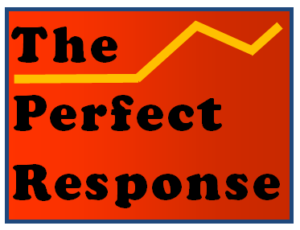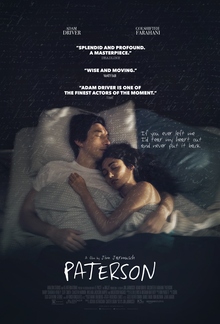The conventional Hollywood backstory about the production of Annie Hall is that it was a nightmare of incoherent scenes when it was turned over to film editor Ralph Rosenblum. Somehow the film editor used some scenes as flashbacks to make it all work. More than most of his films, Annie Hall is best understood as a Rosenblum-Brickman-Allen-Keaton co-production.
Annie Hall won several Oscars, including one for Best Picture, in 1977. More recently, the Writers Guild of America East called it the funniest screenplay ever written, calling it “a sublime intersection between compelling characters, dramatic conflict and great jokes.” If there was a museum of funny bits mining the rich traditions of American Jewish humor, the American Wing would surely want a large handful of lines from the film on display. A person may have to go back to the work of Leo McCarey (The Awful Truth, 1937) or Preston Sturges (The Lady Eve, 1941) to find comedies that were verbally this inventive. The Woody Allen-Marshall Brickman script is the rare timeless film that has some of my friends enacting the old punchline of telling familiar jokes by number; they have become that iconic.
The story centers on Alvy Singer, a sometimes comedian and New York writer. He has all of the signature Allen tics: worries about his health, the state of his love life, and a fear for the strange lands that exist to the west of the Hudson River. The script shows has Alvy in a full dither about the American fascination with Hollywood, television, and a host of strange non-Jewish traditions that occupy most of the country. All seem seem alien to his Brooklyn roots. When he meets Annie Hall played by a screen-stealing Diane Keaton, he senses his strong attraction to this unpretentious young woman who represents many of the things he fears: spontaneity, a degree of self knowledge, and acceptance of her midwestern roots. Her freshness is played against flashbacks of scenes with previous wives and girlfriends, all caught up in the pseudo-intellectualism of artists and psychoanalysts striving to make their mark in Manhattan. Allen’s sharp wit turned on creative New Yorkers like himself is a reminder that his targets are wide and varied, and somehow wrapped up with a degree of self-doubt.
Here are a few of favorite set-ups and jokes, even though they lose some of their energy confined to the page:
“There’s an old joke – um… two elderly women are at a Catskill mountain resort, and one of ’em says, ‘Boy, the food at this place is really terrible.’ The other one says, ‘Yeah, I know. . . and such small portions.’ Well, that’s essentially how I feel about life – full of loneliness, and misery, and suffering, and unhappiness, and it’s all over much too quickly.”
In one flashback we see a restless Alvy with his striver wife Robin, in the midst of hosting a party to “names” she wants to get to know. “There’s Henry Drucker. He has a chair in history at Princeton. Oh, and the short man is Hershel Kaminsky. He has a chair in philosophy at Cornell.” When Alvy later invites Robin to their bed away from the guests, she recoils and heads for the door. “There are people out there from the New Yorker magazine! My God, what will they think?!” But Alvy notes that it’s another evening of “making fake insights with people who work for ‘Dysentery.’” Robin corrects him: it’s the magazine “Commentary.” And Alvy barely misses a beat: “Oh really? I’d heard Commentary and Dissent had merged to form. . . Dysentery.”
There’s also a scene backstage at a Stevenson rally where he first meets the woman who will become his first wife, Allison (Carol Kane).
“You’re like New York, Jewish, leftwing, liberal, intellectual, Central Park West, Brandeis University, the socialist summer camps and the, the father with the Ben Shahn drawings. . .”
He wonders if he’s gone too far. “No, that was wonderful,” her scorn barely concealed. “I love being reduced to a cultural stereotype’ And Alvy admits to the truth: “Right, I’m a bigot, I know, but for the left.”
In another scene standing in line in a theater lobby he can’t help but overhear a pompous windbag who happens to teach a class at Columbia called TV, media and Culture. When he starts pontificating about the theorist Marshall McLuhan, he breaks the fourth wall to do for all of us what we’d love to attempt for ourselves. He walks over to a lobby poster and produces the real Marshall McLuhan standing behind it and ready to tell the blowhard “you know nothing about my work!”
And then there are the asides that play to Alvy’s mountain of insecurities. To a close friend he reveals what he fears about outsider’s perceptions of New York City: “Don’t you see? The rest of the country looks upon New York like we’re left wing, communist, Jewish, homosexual pornographers. I think of us that way, sometimes. And I live here.”
Yet there are reasons he won’t relocate to Hollywood. “They don’t throw their garbage away, they turn it into television shows.”
These days any work by Allen exists under a cloud. But most of the collaborative arts need a degree of generosity in the process of assessing their worth. So many things came together in Annie Hall.
![]()



